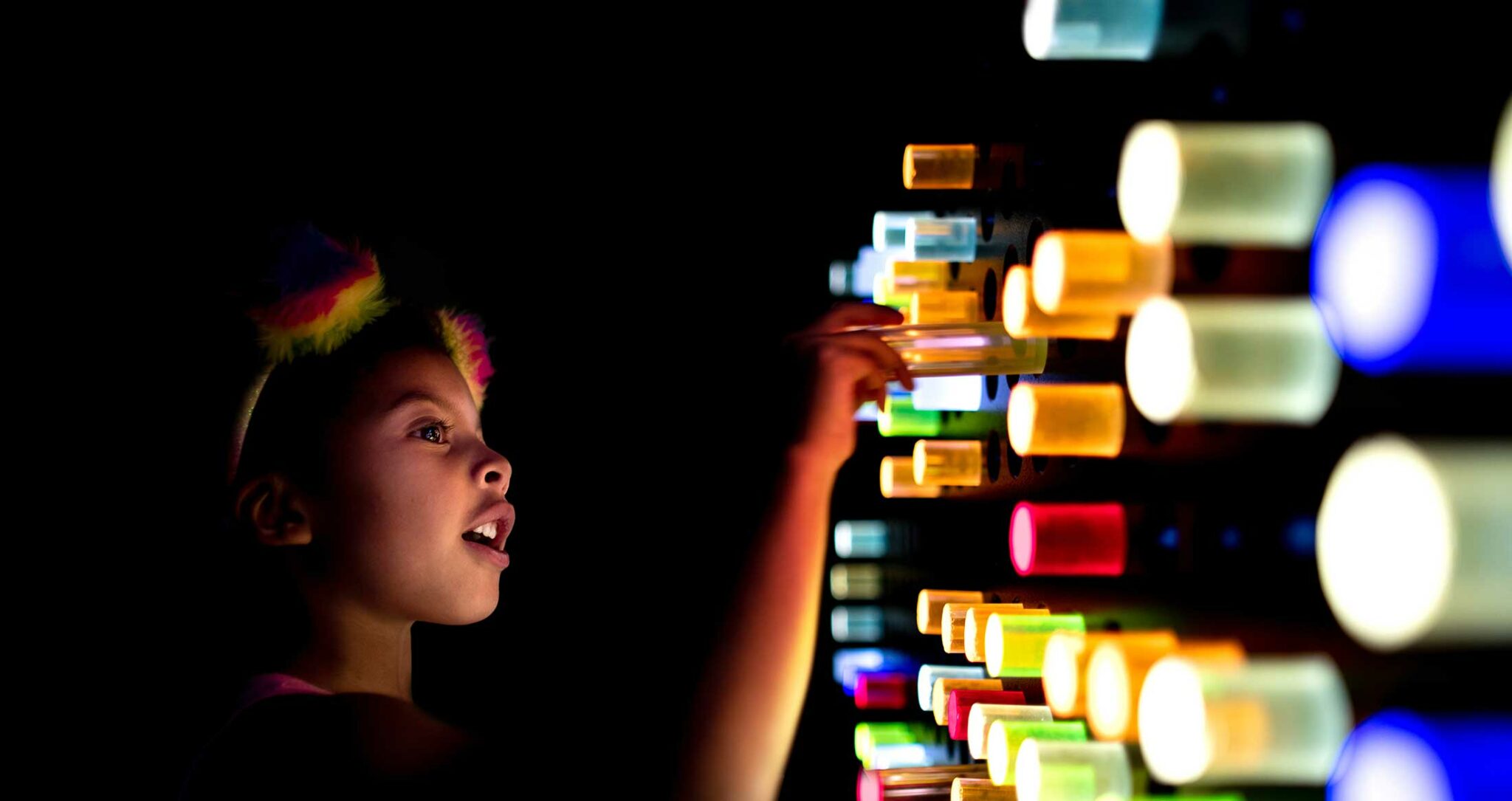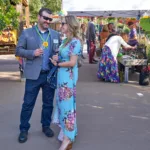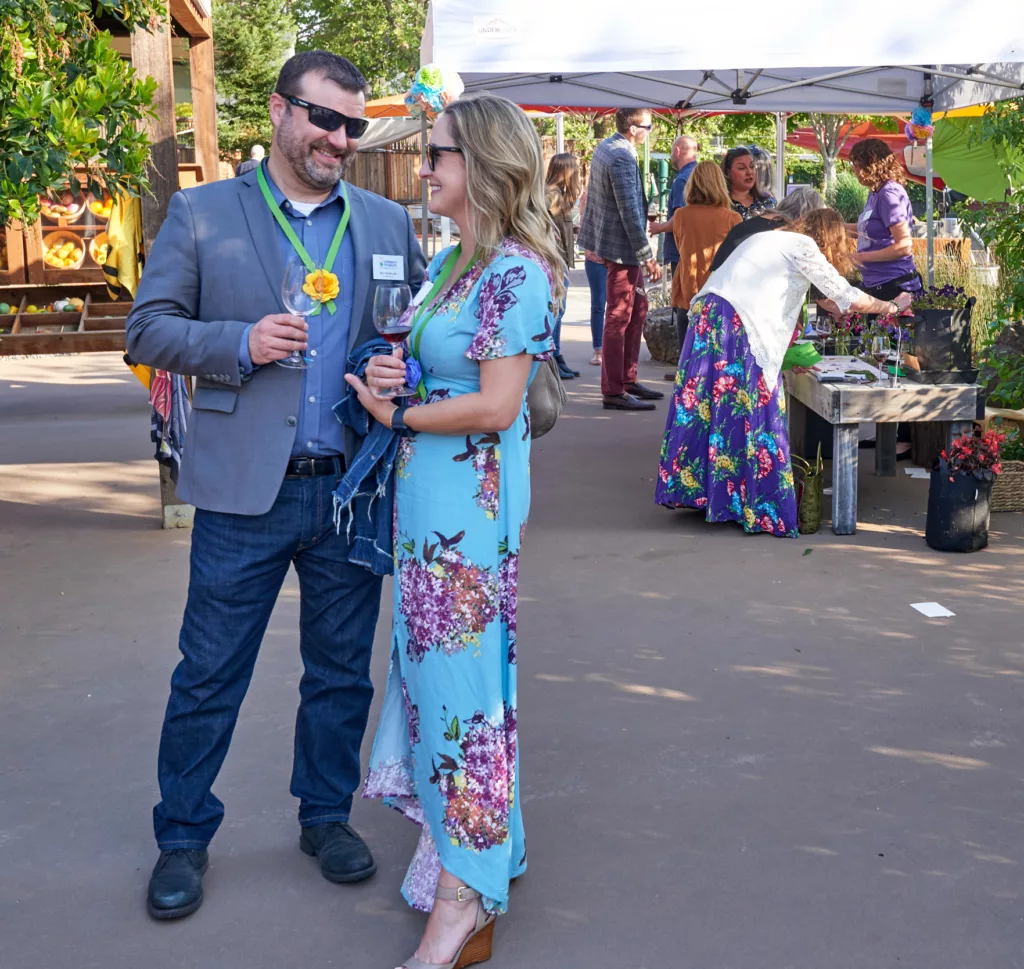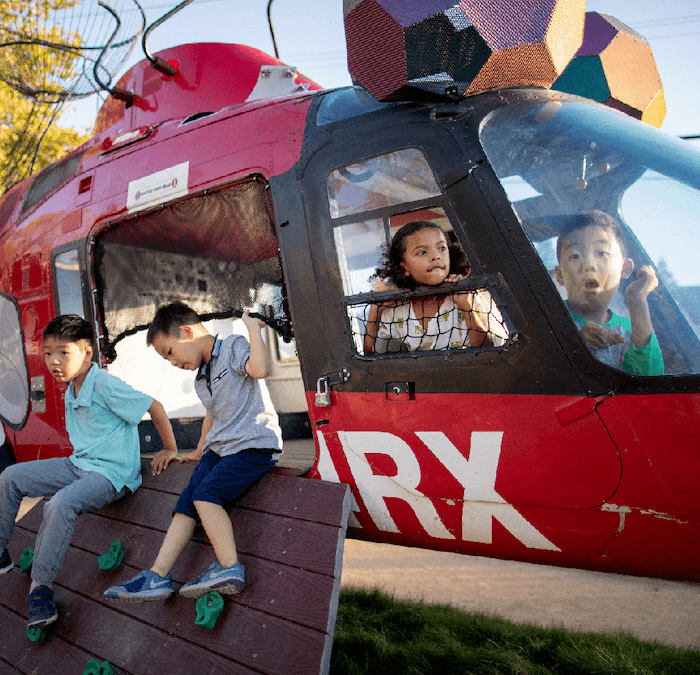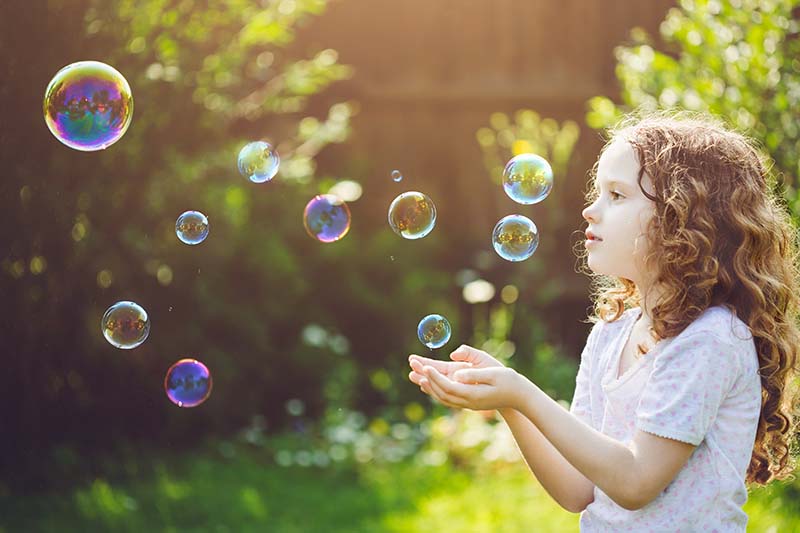
Make Your Own Bubbles and Wands for Some Good Clean Fun! Ages 5+
Using some simple craft materials, children can make their own bubbles and bubble wands.
Why?
Playing with bubbles is a great engaging activity for children that helps them develop on many levels!
– Blowing bubbles can be a simple way to introduce them to cause and effect concepts.
– Learn more about identifying shapes when blowing bubbles – circle vs. sphere.
– Chasing bubbles in the air encourages them to walk, run, reach, clap and point.
– Counting the bubbles in the air is great math practice.
– Holding a bubble wand and blowing helps develop dexterity.
– Watch bubbles float and shine different colors to help learn about rainbows and wind directions.
Vocabulary:
- Bubble
- Float
- Shapes
- Circle
- Sphere
- Wind
- Rainbow
- Blow
- Pattern
Materials:
For Your Bubble Wands
- Floral Wire, art wire, or pipe cleaners
- Pony beads/other decorations
For Your Bubbles
- 1 cup water – distilled is best
- 2 Tbsp. dish detergent- Dawn or Joy
- 1 Tbsp. glycerin or corn syrup
Directions:
To Make Wands
- Take the end of a piece of wire and form into a round circle, about 3 inches in diameter.
- Twist the end to close the circle.
- Next, pull the other end straight down for the handle, make this as long as you would like and snip off the end.
- String the beads on the wire handle (play with your designs, patterns, whatever you want).
- After you are finished with your design, twist the end of the wire to secure the beads an snip off any extra wire.
- Now go bubbling!
Recipe For Bubbles
- Mix Dawn dish detergent (Joy is good too) and water. (Depending on the relative humidity we may add more or less water)
- Add glycerin or corn syrup
- Stir gently
- Grab your wand and start bubbling!
Whats Happening?
Bubbles are round — spherical — because there is an attractive force called surface tension that pulls molecules of water into the tightest possible groupings. … In a bubble, the inward surface-tension forces of the water film are exactly balanced by the outward-pushing pressure of the air inside. Bubbles pop mostly because of evaporation. The soap cannot form a bubble all by itself. It needs the surface tension of water to stretch into a sphere. The water gets sandwiched in between layers of soap molecules. When the water evaporates, the bubble will pop. What else can pop a bubble?
The more moisture that’s in the air, the better bubbles will form and last. Hot, dry, summer days are not the best bubbling days. Try bubbling a foggy morning.

